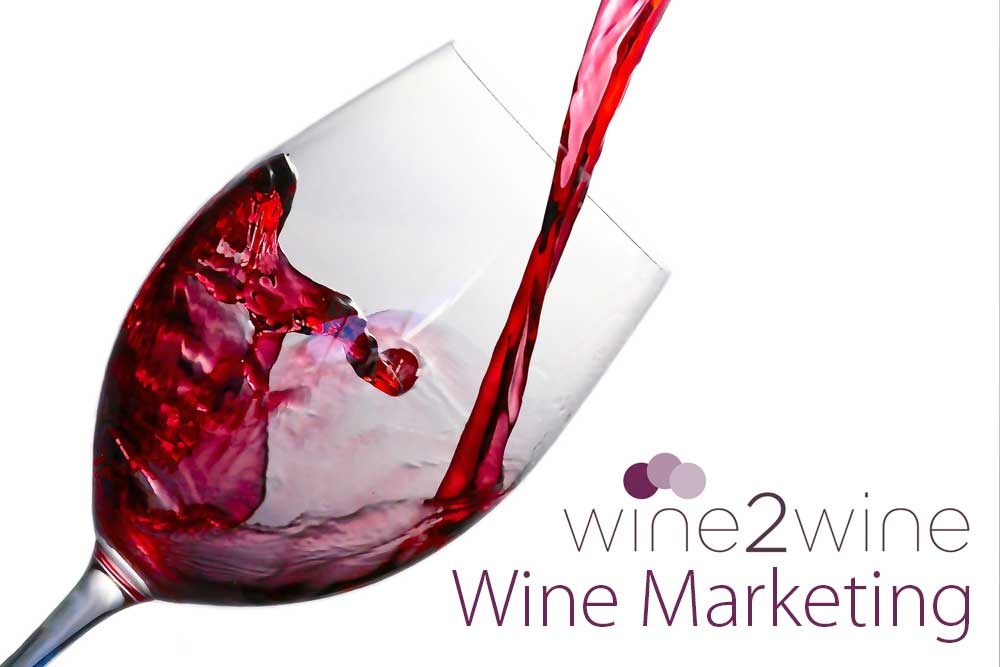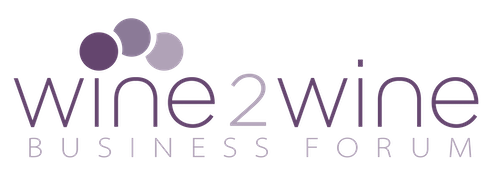Wine Marketing today: what strategies work for the Italian Wine Market

The gradual emergence of the digital era has profoundly changed consumer habits; promotional strategies towards consumers also inevitably changed. Today, wine marketing is developing on two different fronts. On the one hand, we have the revolution that the digital transformation has brought about in tools and communication channels, and on the other hand, there are new models of buying and selling that have been established in the Italian wine market. There are in-depth studies on Wine Marketing scheduled at wine2wine 2018, but until then, we are going to offer some reflections on the matter.
The current market of Italian wine
A recent study on the Italian wine market, conducted by the IRI Research Institute for Vinitaly, has shown that the sale of quality Italian wines through large-scale retail trade – both in Italy and abroad – recorded a positive trend during 2017 and is still growing. Exports also showed encouraging increases, this was confirmed after reviewing the exports from the first few months of 2018.
The numbers of organic and biodynamic wine exports have also risen significantly, a trend that began to take hold a few years ago and has experts anticipating a promising future. In particular, the data shows that awareness among consumers is growing and that in their eyes, a premium product is not only linked to price, but above all, to the quality of its ingredients and processing, followed by a superior customer experience.
In this particular context, even niche brands and products of small and medium wineries have been able to gain ground alongside the market leaders of Italian wine. For many of them, the bedrock of success comes from their ability to communicate the value of their product using different and effective wine marketing strategies. The new digital communication tools have helped to unlock the promotional potential for many companies thanks to their low cost and ease of use. However, it remains essential to develop a plan that combines wine marketing and digital strategy in relation to the specific needs of Italian wine. Let us discuss how this is accomplished. How?
Wine Marketing: the effective ingredients in 2018
Like many other products, Italian wine has also began using promotional channels and the “World Wide Web 2.0” market. Unlike many other products however, wine has so many particular characteristics that it requires an equally specific and targeted marketing strategy. Here we list and comment on some of the key aspects that every winery should take into account.
Wine and e-commerce
The web has opened the door to digital commerce. Today the market offers several platforms for e-commerce that are simple to manage, and companies can follow this path to online wine sales. Google and other search engines make it very easy for consumers to virtually reach their favorite wineries: an e-shop properly designed and implemented, combined with the right strategy of wine marketing, can bring users all the information they need to become customers.
Many users are willing to buy wine online and although it is not possible to taste the product prior to purchase, as with books or music, e-commerce offers few ‘experiential’ options for customers anyway. While it is evident that there is a reduction in operating costs with respect to an online wine-shop, the distribution costs remain tangible; bottles are physical products with specific needs (for example in terms of temperature and care in transport).
The website
The website has a strong impact on the consumer’s perception of the company’s professionalism. It is therefore important that it is maintained, both graphically and content-wise, and optimized from an SEO (Search Engine Optimization) point of view. Having said that, it should be stressed that the model of the site as a static business showcase is now outdated. On the contrary, the company’s web window must be an active wine marketing tool, capable of attracting the user, welcoming him/her with content that answers his/her questions and involving him/her in a relationship with the company that can last for the entire duration of his/her buyer’s journey and beyond.
Here we have touched upon the basics of Inbound Marketing and the strategy that adapts most of all to the buying habits of contemporary consumers. In essence, inbound marketing drives consumers to actively reach the brand, the company and its products. How? By aligning the proposed content, with the interests of the target customers – expressed in terms of the online search – and placing them in the right place, at the right time.
The off-line world
For the Wine Industry, even the most traditional communication channels are still very important. Promotional campaigns using mass media such as radio and print still carry weight and should not be underestimated. The same applies with respect to designing attractive labels and catalogues, which are not just a reproduction of a product sheet but which are able to evoke the values of the brand.
Participation at events in the sector that encourage contact between professionals as well as the sharing of experiences is very effective. Furthermore, off-line and online can be mixed by using techniques such as Virtual Photography. This allows the public to have a concrete experience of virtual reality, it relays the soul of a company and offers the consumer that superior customer experience, and of course an excellent product, this is still the essential equation to attracting and retaining customers.
Brand Identity
As we suggested above, what is particularly effective in modern wine marketing strategies is the construction of a brand identity. An identity is strongly anchored to brand values, from the company name and logo design, to the enhancement of each strength, through consistent communication in content and style. The consumer is generally drawn to brands that present not just a product, but a story. Storytelling is a very powerful tool for a brand, it creates a reality in which the brand is recognizable and moreover, the customer can see himself in that reality.
Think, for example, of the television campaign launched about a year ago by Vini DOC Sicilia: the commercials recounted the highlights of wine production. It showed the people, the architectural beauty and landscapes of Sicily, all under the slogan “A non-virtual reality”. Equally successful was the communication campaign of “Il Signore del Chianti Classico”, conceived by the Armando Testa Group. The Black Rooster – the distinctive symbol of Chianti Classico – is an anthropomorphic character who travels through the centuries. The clothes change, but the background does not, which is: the Chianti region.
The social presence
A wine marketing strategy should include a strong presence on Social Media. If – following the inbound philosophy – the wine marketing strategy aims to place the right content in the right place, then Social Networks need to be part of that plan. In January 2018, 42% of the world’s population were active users on social platforms, a proportion that grew by +13% compared to the previous year’s surveys (Hootsuite & We are Social, Digital in a 2018 report; we discussed this in more detail in a previous article). One of the most effective channels to display the Food & Beverage sector is Instagram, it is a platform dedicated to visual content that is worth investing in.
Conclusion
First of all, communicating and marketing wine effectively means knowing the product, the specific audience and the context. In other words, it is essential to have a clear idea of the characteristics and strengths of the wine being promoted. Likewise, it is essential to know the target audience, as well as the territorial, historical and social context in which we find ourselves. Therefore, the formula for success is quite complex. There is a multitude of opportunities and tools available and this can make it difficult to formulate a decisive strategy. Events such as wine2wine, a veritable forum for the wine industry, is designed to help companies along this path.
The wine2wine 2018 programme includes, among other things, various in-depth speeches on wine marketing and strategies for the Italian wine market. For example, Lavinia Furlan and Andrea Pozzan will talk about how to understand customers, markets and products in the world of wine (26 November, 1:15 pm), Felicity Carter and Rebecca Hopkins will talk about how to assert your brand in the media (27 November, 11:00 am), or Francesco Mattucci’s workshop will talk about Instagram Stories for Wine. For all operators of the Wine Industry, the date to be marked down on your calendar is November 26 and 27, in Verona, wine2wine 2018.
